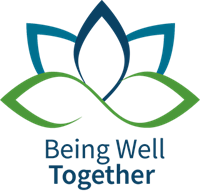Optional Activity: The Connor-Davidson Resilience Scale
The Connor-Davidson Resilience Scale (CD-RISC) is a survey that measures resilience, or how well you bounce back after tragedy, trauma or stress. The scale can help predict the outcome to treatment as well as follow the progress of treatment. Depending on the time allowed, you may choose between surveys that contain two, five, 10 or 25 questions. Sample statements designed to be scored on a five-point Likert scale include, “I am able to adapt when change occurs,” and “I can deal with whatever comes my way.”
Note: The scale is designed to be accessed by a group of people and there is a cost. To access the CD-RISC, a request form will need to be submitted and payment provided (cost is dependent on the number of individuals who will use the scale).
Activity Time: The CD-RISC 25-question test takes about 5–10 minutes.
 The ACR® is committed to supporting your well-being. Resources like these, curated by fellow radiologists, are designed to help identify activities that can enhance your well-being and mitigate burnout. These resources are part of the ACR Radiology Well-Being Program, which includes access to the Well-Being Index for ACR members and an ACGME-aligned well-being curriculum for program directors.
The ACR® is committed to supporting your well-being. Resources like these, curated by fellow radiologists, are designed to help identify activities that can enhance your well-being and mitigate burnout. These resources are part of the ACR Radiology Well-Being Program, which includes access to the Well-Being Index for ACR members and an ACGME-aligned well-being curriculum for program directors.